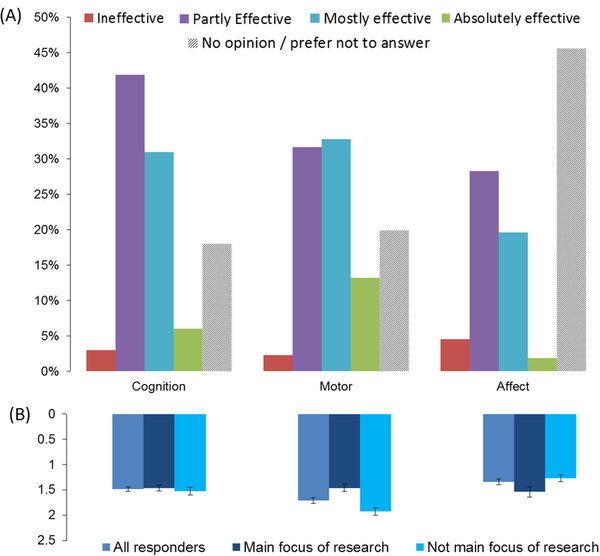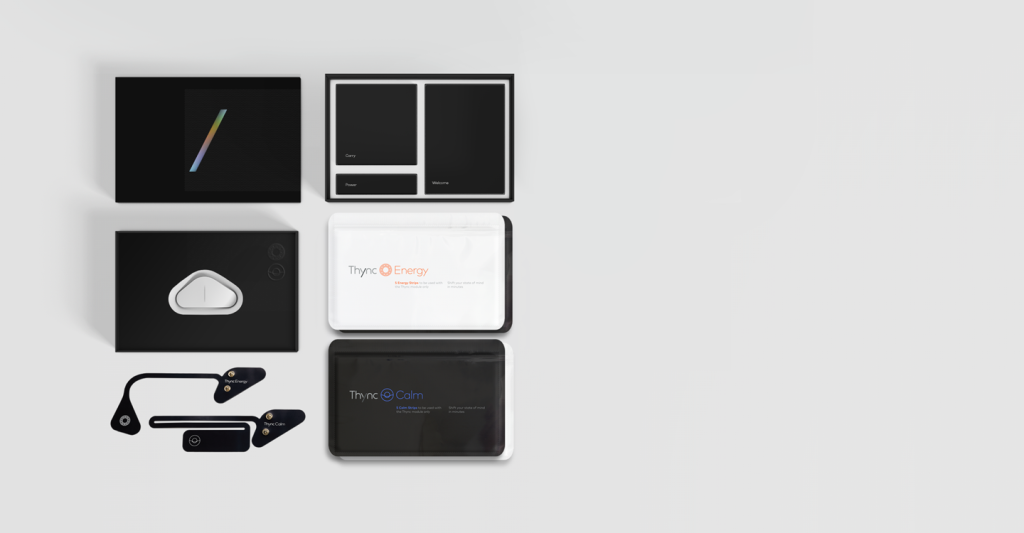Reader Patty asked if there were reports of tDCS being effective in the treatment of tinnitus. As this is an important issue to me as well, I thought I’d collect whatever related links I have to the research in one place. While the results I’ve read here seem inconclusive, if I were one of the 3% of tinnitus sufferers for whom the constant sound is extremely disturbing, I wouldn’t hesitate to try one of the protocols outlined in these studies. If you have information to share about your own experiences with tDCS and tinnitus please post them in a comment.
- [Added 11/11/2016] The Effects of Compensatory Auditory Stimulation and High-Definition Transcranial Direct Current Stimulation (HD-tDCS) on Tinnitus Perception – A Randomized Pilot Study “Effects of HD-tDCS could not be resolved with the current sample size.”
- Overview of current status of tinnitus treatment: Living With a Sound You Can’t Turn Off | NYT
- Comparing immediate transient tinnitus suppression using tACS and tDCS: A placebo-controlled study (gated) In regard to tDCS, our results obtained confirm previous findings that bifrontal tDCS with the anodal electrode placed over the right DLPFC and the cathodal electrode placed over the left DLPFC can modulate tinnitus annoy-ance and tinnitus loudness.
- And this just in (6/30/15 I only have the abstract) Transcranial Direct Current Stimulation for the Treatment of Chronic Tinnitus: A Randomized, Double-Blind, Sham Controlled Study Conclusions: Repeated tDCS sessions on the auditory and prefrontal cortex are safe, but do not improve tinnitus. Different tDCS protocols may be beneficial
- Transcranial Direct Current Stimulation Intensity and Duration Effects on Tinnitus Suppression :2 mA for 20 minutes anodal tDCS of LTA
- Treatment of chronic tinnitus with repeated sessions of prefrontal transcranial direct current stimulation: outcomes from an open-label pilot study:bifrontal tDCS (anode right and cathode left) 1.5 mA, 30 min twice a week
- Transient tinnitus suppression induced by repetitive transcranial magnetic stimulation and transcranial direct current stimulation
- A tinnitus/tDCS discussion on Reddit.
- Added 7/21/15 Intensity, Duration, and Location of High-Definition Transcranial Direct Current Stimulation for Tinnitus Relief (pdf)
- Added 11/15/15 “There were no significant long-term beneficial effects following tDCS of the left temporoparietal area.”




